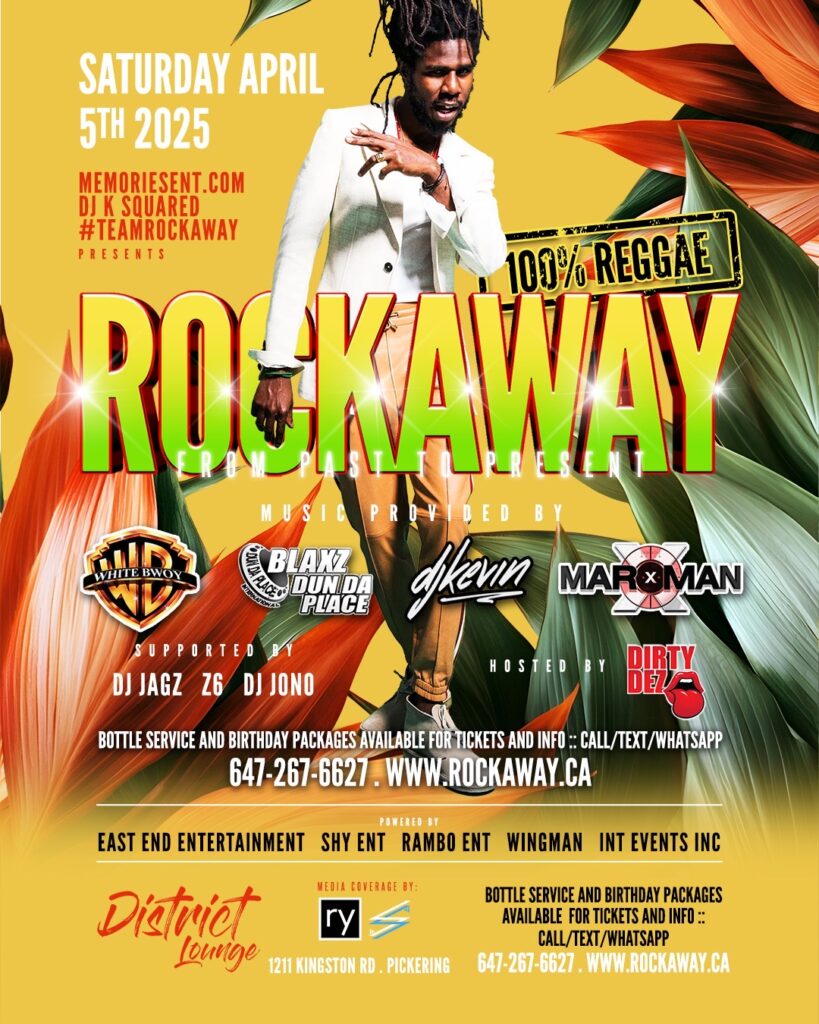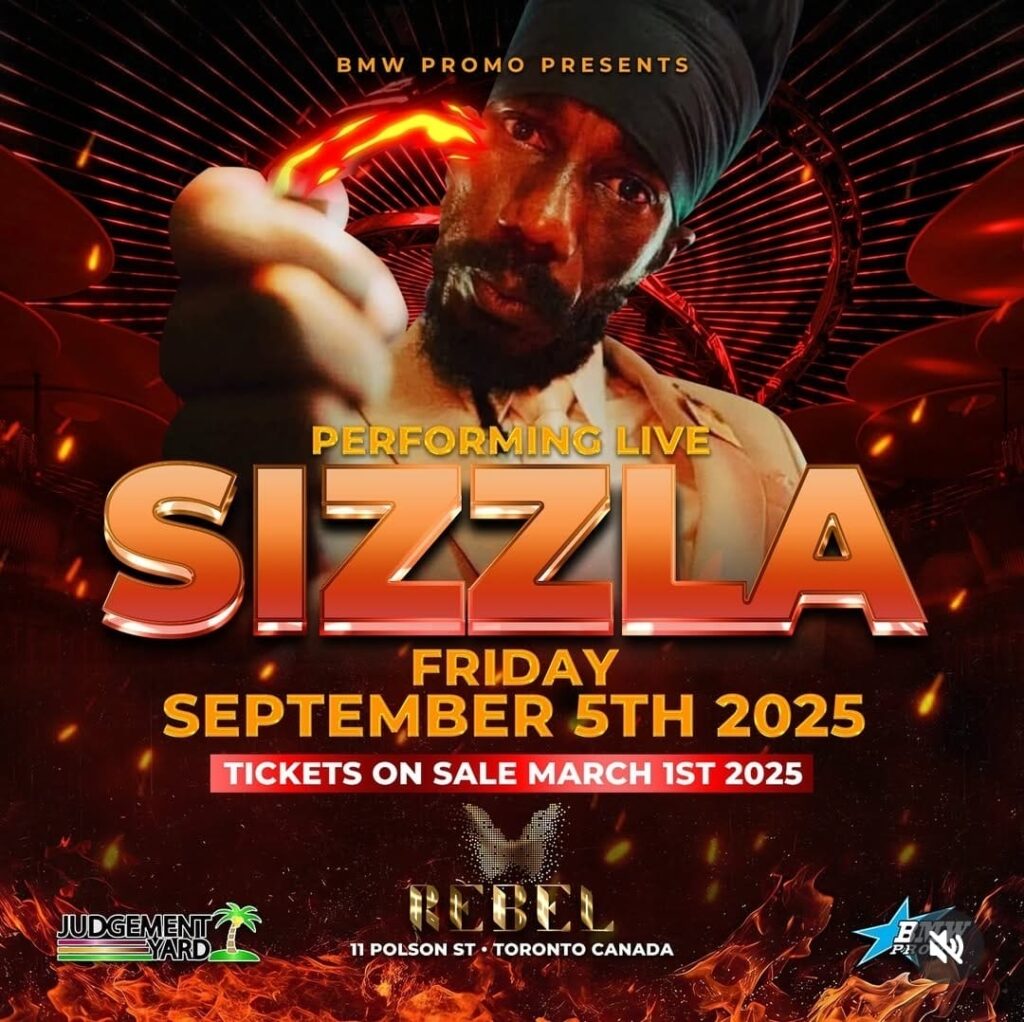Trap Dancehall not making waves beyond the Caribbean | TVJ Entertainment Report

Trap Dancehall, a fusion of traditional dancehall music with elements of trap, has struggled to make significant waves beyond the Caribbean. Several factors contribute to this phenomenon.
First, Trap Dancehall is deeply rooted in the cultural and linguistic nuances of the Caribbean, particularly Jamaica. The heavy use of Patois and region-specific references can create a language barrier for international audiences. Unlike global hits that adapt to broader linguistic landscapes, Trap Dancehall often remains true to its origins, making it less accessible to those unfamiliar with the culture.
Secondly, the global music market is intensely competitive. Artists from various genres worldwide are vying for attention, and those who successfully break through often have strong marketing infrastructures behind them. Trap Dancehall artists might lack the same level of international promotional support, limiting their reach.
Moreover, the genre’s sound, which blends slower beats with traditional dancehall rhythms, may not resonate with audiences accustomed to more fast-paced or pop-oriented tracks. While Trap Dancehall has a distinctive style, its appeal may be more niche compared to mainstream global sounds.
Lastly, the rise of other Caribbean-influenced genres, such as reggaeton and Afrobeat, which have effectively crossed over into mainstream markets, may overshadow Trap Dancehall. These genres often incorporate more universally appealing melodies and collaborations with well-known international artists, giving them an edge in gaining global traction.
In conclusion, while Trap Dancehall remains a vibrant and innovative genre, its strong cultural ties, limited global outreach, and competition with similar genres have hindered its impact beyond the Caribbean. For it to achieve broader recognition, strategic efforts in marketing, collaborations, and possibly evolving its sound to appeal to international audiences may be required.






